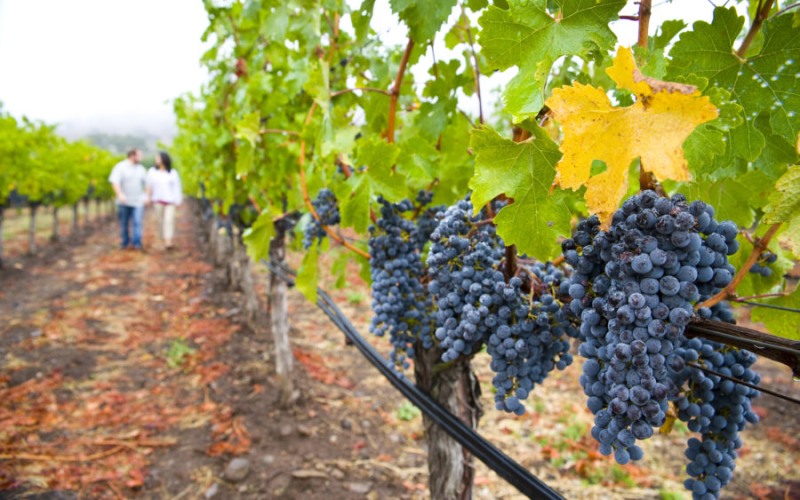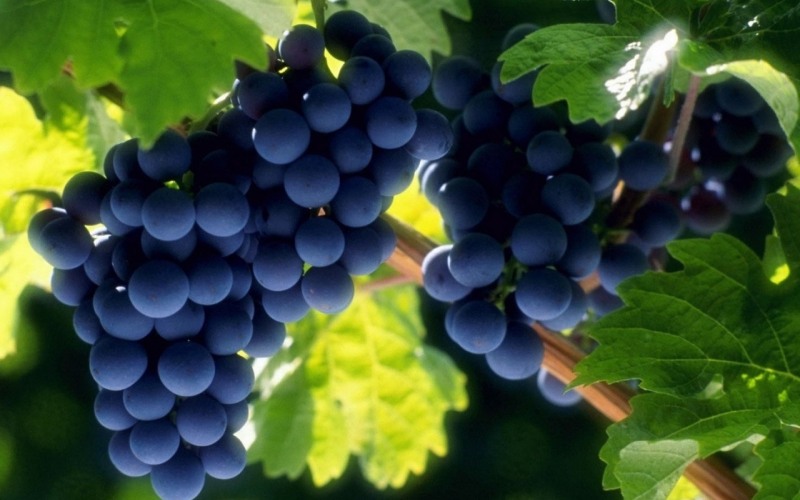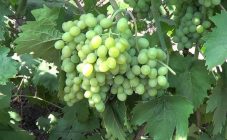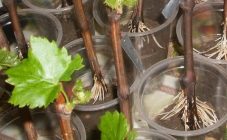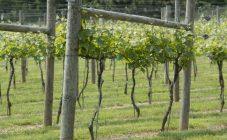Content:
Tempranillo is the most famous grape in Spain, Portugal, USA for making varietal wine. It is also known by other names like Tinto Fino, Aragonese da Ferra, Grenache de Logrono. The exact name depends on climatic conditions and soil quality. The berry culture was mentioned as early as the 13th century as an excellent ingredient for wine, and Spain was recognized as its homeland. The climate of this country is ideal for grapes, because it is not easy to grow them: they are very demanding on care, soil and climate.
Characteristics of the variety
Tempranillo is a grape variety known for its acidity. Translated from Spanish, the name means "early". The stress is on the third syllable.
As you know, the benefits of red wine are undeniable. It contains trace elements and nutrients that have a beneficial effect on the human body. The bones contain antioxidants that are essential for the immune system.
A description of the Tempranillo grape variety should start with its distinctive characteristics:
- A ripening vine grows yellow, slightly faded leaves;
- The grapes are tightly pressed against each other and repeat the shape of the cone;
- The flowers are bisexual, which ensures pollination;
- The berries are thick-skinned and contain coloring elements.
The Tempranillo grape variety and taste are influenced by climatic conditions. In a hot area, gardeners can grow a delicious vineyard. And in cold regions, gardeners will get a tart wine with a sour aroma.
Recommendations for agricultural technology
Tempranillo grapes are recommended to be planted and cultivated at least 600-700 meters above sea level. The hotter the summer, the more the grapes are saturated with sugar and become sweet. And after the cold summer, grape drinks provide the necessary level of acidity.
For successful cultivation, the following rules must be observed:
- Protect vineyards from wind and drafts;
- Cover in the winter from frost;
- Avoid dry soil and ensure timely watering;
- Treat with special solutions for pests and diseases.
Pros and cons of Tempranillo
The benefits of Spanish grapes include:
- High yield, because 4-5 kg of berries can be harvested from one shrub;
- Making different types of red wine and juice.
The most significant disadvantages of this grape variety include:
- Susceptibility to gray mold attack;
- High sensitivity to frost in spring and autumn;
- Lack of immunity to pests and diseases.
Thus, Tempranillo grapes are quite capricious and demanding to care for. But if you follow certain rules and take preventive measures against pests, you can get a stable harvest with a sweet taste.
